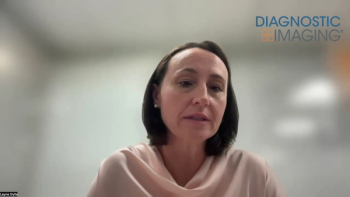
Europe faces further Mo-99 supply woes
The production of molybdenum-99 at the High Flux Reactor in Petten, the Netherlands, is unlikely to restart in February 2009 as had been planned, according to the facility’s operators, the Nuclear Research and Consultancy Group.
The production of molybdenum-99 at the High Flux Reactor in Petten, the Netherlands, is unlikely to restart in February 2009 as had been planned, according to the facility's operators, the Nuclear Research and Consultancy Group.
The HFR, one of two main sources of Mo-99 in Europe, has been out of action since mid-August when gas bubbles were found escaping into the reactor's cooling system. The cause of the leak was subsequently traced to corrosion between an external pipe and its concrete casing.
Engineers hope to seal the leak by inserting a sleeve into the pipe. But when a detailed repair plan was drawn up, it became evident that the process would take much longer than expected.
"The placement of a sleeve into the cooling system cannot be completed by mid-February as earlier anticipated but will take a few months longer," a spokesperson for the NRG told Diagnostic Imaging. "This extra time is necessary to complete the required qualification of materials and testing of the application procedures."
The NRG is now investigating whether the HFR could be restarted at an earlier date using unspecified "alternative measures."
Nuclear medicine services throughout Europe have already faced disruption to supplies of technetium-99m, the daughter nuclide of Mo-99, while the HFR has been offline. Another crunch in Tc-99m availability is expected in early January when imaging services resume their normal workloads after the holiday break.
Europe's other main producer of Mo-99, the BR-2 reactor in Mol, Belgium, closed for routine maintenance on Dec. 10 and will not restart until Jan. 13, 2009.
Newsletter
Stay at the forefront of radiology with the Diagnostic Imaging newsletter, delivering the latest news, clinical insights, and imaging advancements for today’s radiologists.



























